Fall: the season when nature paints the canvas of your landscapes with shades of gold, amber, and crimson. As homeowners and nature enthusiasts await this period of visual delight, there’s a simultaneous realization of the task that accompanies it: managing the cascade of fallen leaves. Ensuring a healthy lawn, making use of these natural resources, and maintaining the scenic beauty requires some effort and the right strategies. This blog aims to provide a comprehensive guide to not only address the challenge of dealing with leaves but also to turn it into an opportunity for creativity and eco-friendly practices.
Contents
The Beauty and Challenge of Fall Leaves
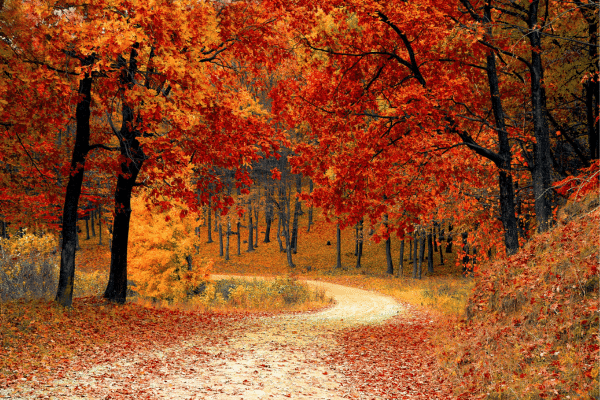
Autumn’s foliage is a spectacle that many travel miles to witness. Forests, parks, and neighborhoods transform into a live gallery showcasing nature’s art. However, as the season progresses, these leaves drift to the ground, blanketing lawns and patios. This annual cascade, while beautiful, also poses a challenge. Homeowners and gardeners grapple with keeping their outdoor spaces neat and ensuring that the accumulated leaves don’t smother the grass or become a slippery hazard.
The sheer volume of fallen leaves can seem overwhelming. Gardens, pathways, and driveways get buried under this leafy avalanche. Beyond the aesthetic concerns, there’s also the health of the lawn to consider. A thick layer of leaves can block sunlight and trap moisture, which may lead to fungal diseases and weaken the grass. Addressing this requires a combination of the right tools and techniques, ensuring that the beauty of fall does not become a strenuous chore.
Tools You’ll Need
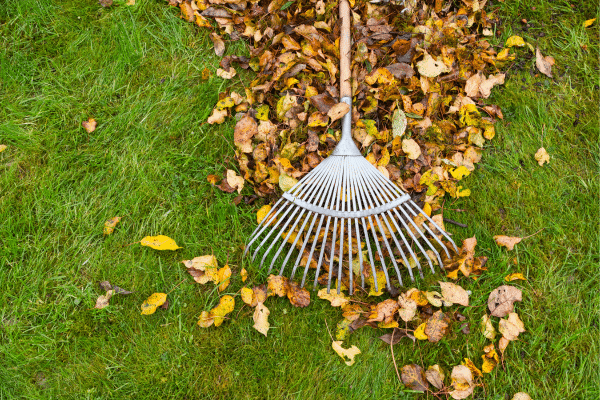
In the age-old battle against the blanket of autumn leaves, a variety of tools have been mankind’s allies. Traditional rakes, for instance, have been a staple in this endeavor for centuries. Their long tines, typically made of metal or plastic, are designed to gather leaves efficiently without damaging the underlying grass. They come in different sizes and shapes, allowing for customization based on the user’s comfort and the specific needs of the lawn.
For those dealing with larger areas or seeking a faster solution, leaf blowers and vacuums have become increasingly popular. These devices, powered either by electricity or gas, can rapidly clear a yard of leaves. Leaf vacuums even have the added advantage of mulching the collected leaves, preparing them for composting or other uses. It’s essential, however, to choose tools that suit one’s specific requirements and to handle them with care to ensure safety and effectiveness.
Techniques for Efficient Raking

As simple as it may seem, there’s an art and science to raking leaves efficiently. Direction plays a pivotal role; it’s wise to rake in the direction the wind is blowing, leveraging nature’s force to assist in gathering. Early morning, when the dew has settled, might not be the best time, as wet leaves tend to be heavier and stick together, making the task more strenuous. Instead, opting for a dry, slightly breezy day can make the process smoother.
Ergonomics is another factor worth considering. A proper posture and technique can prevent backaches and muscle strains. Raking with a straight back, using legs to shift weight rather than twisting the torso, and taking regular breaks can make a world of difference. Furthermore, gloves can protect hands from blisters, and sturdy shoes can prevent slipping on damp ground or leaves.
Mulching: A Natural Solution
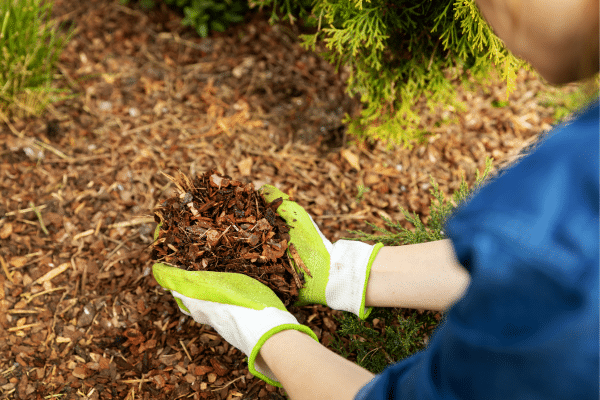
Mulching provides an avenue to recycle fall’s bounty into a nourishing treat for gardens and lawns. By shredding leaves into smaller pieces, they decompose more rapidly and enrich the soil with organic matter and essential nutrients. These tiny fragments can be directly spread over garden beds, acting as a protective blanket against harsh winter temperatures, retaining moisture, and suppressing weeds.
For those with lawnmowers, the task becomes even simpler. By running a lawnmower over a layer of fallen leaves, the combined action of the mower’s blades and the collection bag can effectively chop and gather the leaves in one go. Once mulched, these leaves can be integrated into compost piles, further accelerating the decomposition process and creating a rich, dark, crumbly compost beneficial for spring planting.
Creative Uses of Fallen Leaves
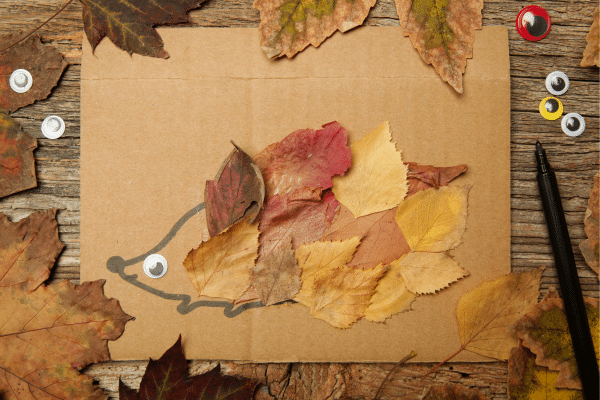
Nature’s autumnal confetti can be more than just garden waste; it’s a resource that can fuel creativity. Dried leaves can be transformed into decorative wreaths, centerpieces, or even art projects. Their myriad shapes, sizes, and hues lend themselves to myriad crafting possibilities, making them a delightful material for both children and adults to experiment with.
Beyond artistic endeavors, leaves can be resourcefully used in the garden too. Creating a leaf labyrinth or maze can be a fun activity, especially for children. Alternatively, forming natural pathways in gardens using compacted leaves not only serves a functional purpose but also adds an aesthetic, rustic charm to outdoor spaces.
Disposal Methods: Eco-friendly Ways
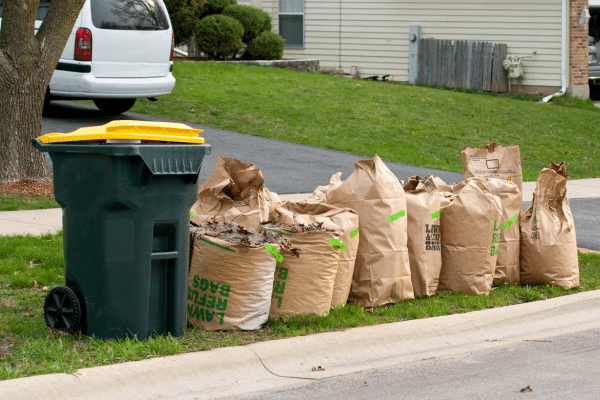
In the journey of leaf management, it’s crucial to adopt disposal methods that harmonize with the environment. One of the most natural and efficient means is composting. Leaves, when added to compost bins, break down over time and transform into a nutrient-rich organic matter that benefits the soil immensely. Adding layers of leaves between kitchen waste and green garden trimmings not only balances the compost pile but also accelerates the decomposition process.
Another alternative is creating a leaf mold, which is essentially a pile of wet leaves left to rot over a period of time. This decaying process yields a dark, crumbly, soil-like substance that works wonders as a soil conditioner. For community-centric individuals, checking local council or municipality guidelines can be beneficial. Many communities organize collection days for garden waste, turning them into communal compost sites or using them for other eco-friendly purposes.
Preparing Trees for the Next Cycle

Fall isn’t just about managing fallen leaves; it’s also a critical time to care for the trees themselves. Pruning and trimming branches during this period can greatly influence a tree’s health and growth pattern for the following year. Removing dead or diseased limbs not only enhances the tree’s appearance but also prevents potential hazards and promotes healthier growth in the spring.
Winter can be harsh on trees, especially younger ones. Applying a layer of organic mulch around the base, but not touching the trunk, can help retain moisture and regulate soil temperature. Additionally, wrapping the lower trunk of young trees with a commercial tree wrap can protect them from sunscald and temperature variations, ensuring they remain robust and ready for the next season.
The Bottom Line
Tending to autumn leaves, while seemingly a mundane chore, offers numerous opportunities: from nurturing gardens and contributing to the environment to exploring creative endeavors. By approaching this task with knowledge and a touch of creativity, homeowners and gardeners can transform the challenge into a rewarding experience. Ultimately, it’s about embracing nature’s cycle, valuing its resources, and preparing for the seasons to come with foresight and care.



